#William Beebe
Text
Cryptid fish that has only been seen once and never again that may or may not exist but well never know my beloved

#BIG FUCKING DRAGONFISH IS JUST THERE IN THR SEA and HAS ONLY BEEN SEEN ONCE and NO ONE FUCKING KNOWS IF ITS REal????#oceanology#fish#marine biology#marine life#marine ecology#oceanography#deep ocean#marine#deep sea#conspiracy#cryptid#cryptids#cryptozoology#USO#conspiracy theory#marine fish#William Beebe#Otis Barton#fish facts#ocean life
13K notes
·
View notes
Text

Earth has few secrets from the birds.
地球には鳥への秘密がほとんど無い。
William Beebe
ウィリアム・ビービ
87 notes
·
View notes
Text



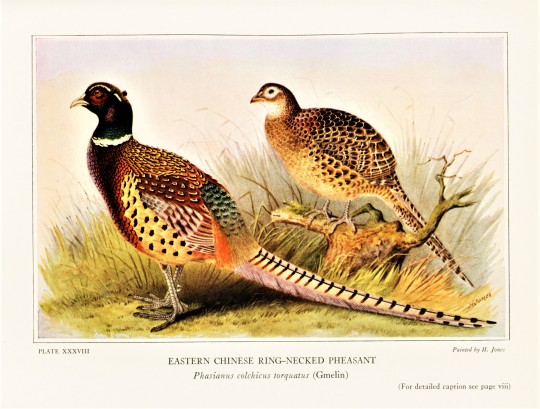

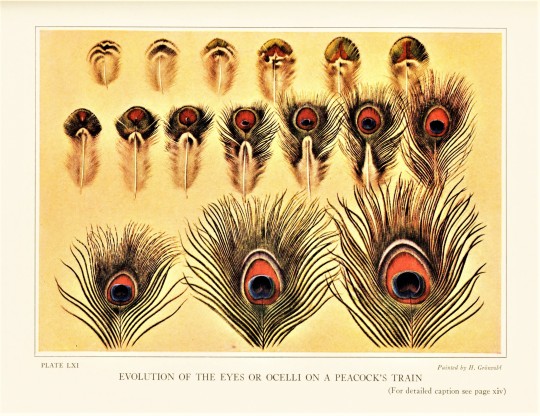



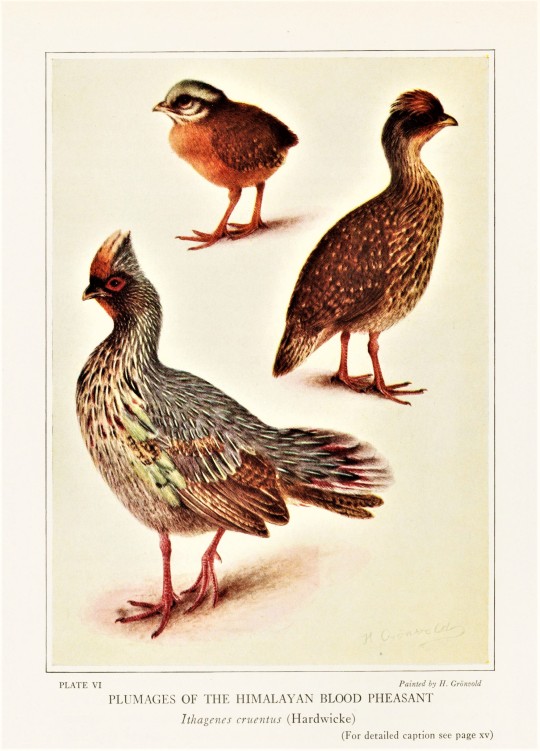
Feathursday Pheasants!
This week we bring you a few Pheasants from around the world as published in the 1936 publication Pheasants Their Lives and Homes by the eminent zoologist and explorer William Beebe, published in Garden City, N.Y. by Doubleday, Duran & Company under the auspices of the New York Zoological Society, where Beebe was director of the Department of Tropical Research.
In 1910, Beebe led a major, 17-month, worldwide expedition for the New York Zoological Society to document the world's pheasants. "The urgency of this journey sprang from the fact that the members of this most beautiful and remarkable group of birds are rapidly becoming extinct, so that the record of their habits and surroundings, which is important to understanding their structure and evolution, will soon be lost forever."
The resulting publication was the 4-volume A Monograph of the Pheasants, published in London by H. F. Witherby for the New York Zoological Society, 1918-1922. The abridged version, Pheasants Their Lives and Homes, first came out in 1926. This is the 1936 edition. The images shown here are by naturalist artists Louis Agassiz Fuertes, Henrik Grønvold, Henry Jones, Charles R. Knight, and George Edward Lodge.
View more posts with pheasants.
View more Feathursday posts.
#feathursday#pheasants#Pheasants Their Lives and Homes#William Beebe#Doubleday#Duran & Company#New York Zoological Society#bird paintings#scientific illustrations#Louis Agassiz Fuertes#Henrik Grønvold#Henry Jones#Charles R. Knight#George Edward Lodge#wildlife artists#birds#birbs!
125 notes
·
View notes
Photo


On this day in 1930, the Bathysphere—William Beebe's revolutionary spherical submersible—took its first test dive. Soon, expedition artist Else Bostelmann was painting deep-sea creatures human eyes had never seen and the human mind hadn't even imagined.
#Else Bostelmann#science art#Bathysphere#William Beebe#marine biology#history#art and design#culture and society#history and literature#women in science#women in art#scientific illustration#National Geographic
153 notes
·
View notes
Text
bittersweet orange, metallic opaline green, orange rufous and [...] chrome
William Beebe describing the colours of deep sea creatures to artist Else Bostelmann, c.1930
from Brad Fox, The bathysphere book (Astra House 2023)

10 notes
·
View notes
Text





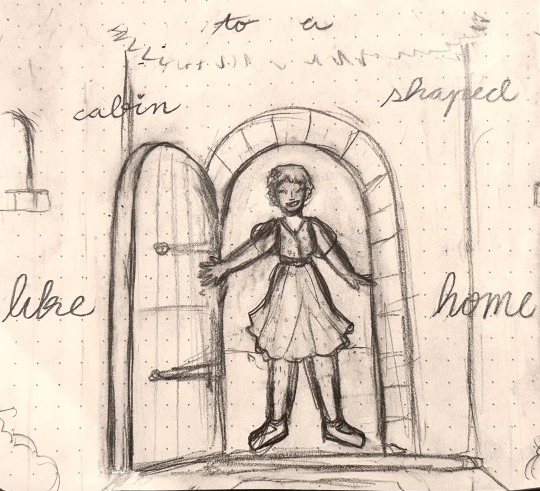


happy ending
(sylvia design by @fancy-marshmallow !!)
#sorryyyy I fudged the lyrics a bit#but anyways. SILVERJEWELS!!#shakespeare#two gentlemen of verona#beebs art#feel like I should tag this silverjewels. but that isn’t a real tag me & Olive made up that ship name#WHATEVER! happy William Shakespeare’s birthday
22 notes
·
View notes
Text

Kay Hughes-Grant Withers-William Royle "Radio patrol" 1937, de Ford Beebe, Clifford Smith.
5 notes
·
View notes
Text


bathysphere, 1930 // titan, 2023
#sorry im still losing my mind over this#true innovation over here at oceangate!!#/sarcasm#they literally just took the bathysphere and made it longer and slapped some thrusters on it#and declared it groundbreaking new technology#if ALVIN could cry it would be crying#oceangate#titan submersible#top picture is from half mile down william beebe btw
8 notes
·
View notes
Text

Illuminate
#Art#My art#Digital art#My characters#Original character#This was difficult to draw#I’m just real bad at working with darker colours lol#She’s based off of William Beebe’s cryptic five lined constellationfish
6 notes
·
View notes
Text
Happy 400th birthday to the First Folio – What will the next 400 years hold? Will we find any lost works by William Shakespeare?
1 note
·
View note
Text
Una patriota italiana agente del SOE in Veneto
Grantorto (PD). Fonte: mapio.net
La missione Freccia, di cui facevano parte il maggiore Wilkinson, il capitano Orr-Ewing, il capitano Woods, il tenente Querzé, il radiotelegrafista Mario, il sergente radiotelegrafista Archibald, e il sottoscritto, fu lanciata in due volte durante il mese di agosto 1944 sull’altopiano di Asiago ed ha operato nella zona compresa tra la val Lagarina a ovest, la val…

View On WordPress
#1#17#1944#agosto#Antonio Ferrazza#Asiago#Beebe#Biplane#Blackfolds#britannici#Costante Armentano Conte#Fiammetta#Freccia#Gela#Grappa#Harold William Tilman#John Wilkinson#Lagarina#luglio#maggiore#Maria Ciofalo#Mireno Berrettini#missioni#Montagnola di Grantorto (PD)#MRS#N.1 Special Force#operazioni#partigiani#Pasubio#Pian del Cansiglio
1 note
·
View note
Text
Una patriota italiana agente del SOE in Veneto
Grantorto (PD). Fonte: mapio.net
La missione Freccia, di cui facevano parte il maggiore Wilkinson, il capitano Orr-Ewing, il capitano Woods, il tenente Querzé, il radiotelegrafista Mario, il sergente radiotelegrafista Archibald, e il sottoscritto, fu lanciata in due volte durante il mese di agosto 1944 sull’altopiano di Asiago ed ha operato nella zona compresa tra la val Lagarina a ovest, la val…

View On WordPress
#1#17#1944#agosto#Antonio Ferrazza#Asiago#Beebe#Biplane#Blackfolds#britannici#Costante Armentano Conte#Fiammetta#Freccia#Gela#Grappa#Harold William Tilman#John Wilkinson#Lagarina#luglio#maggiore#Maria Ciofalo#Mireno Berrettini#missioni#Montagnola di Grantorto (PD)#MRS#N.1 Special Force#operazioni#partigiani#Pasubio#Pian del Cansiglio
0 notes
Text
Okay okay prob a b on the test
0 notes
Photo

The log of the sun; a chronicle of nature's year - William Beebe, Walter King Stone, ill. - 1906 - via Internet Archive
8K notes
·
View notes
Note
i was rewatching the rite of spring segment from fantasia and i've got to wonder. Why Did We Draw Archaeopteryx Like That. i remember toys having that same, boomerang arm shaped pose too. it's like a monkey lizard more than a bird.
Ooh okay this is a fun one cause while it technically is an Archaeopteryx and is listed as such in the production draft, I don't think the design is based on Archaeopteryx at all!
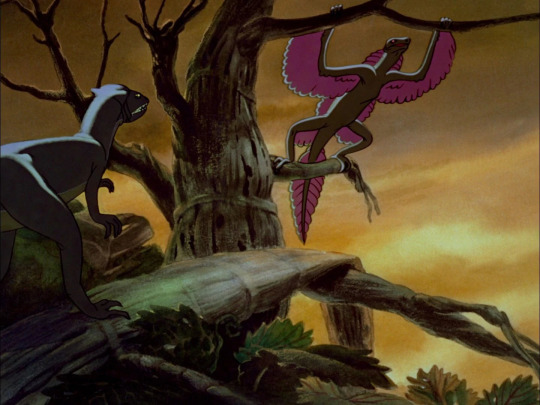
To me, this "Archaeopteryx" almost exactly resembles something else, the fascinating historical phenomenon called Proavis.
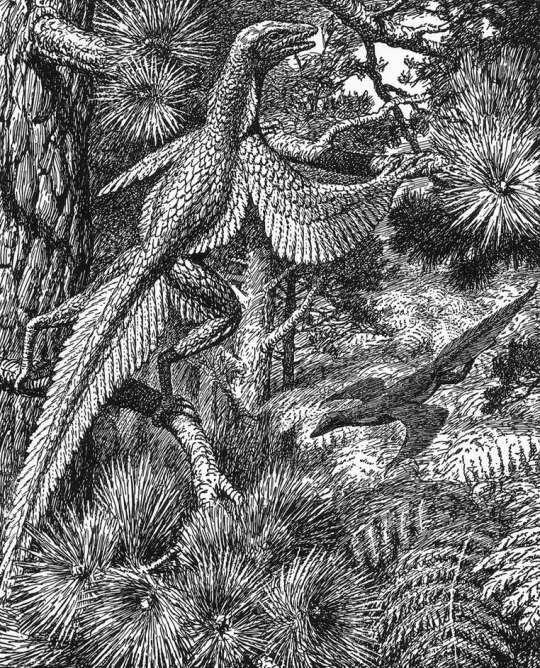
Proavis, or Tetrapteryx as some four-winged interpretations were called, was a hypothetical prehistoric creature that was proposed in the early 20th century as a best guess at what the unknown ancestor of birds could have looked like. The illustration above was drawn in 1926 by Gerhard Heilmann, a Danish artist and amateur scientist who argued that birds evolved from non-dinosaurian archosaurs like Euparkeria. In his 1916 book Vor Nuvaerende Viden om Fuglenes Afstamning and the 1926 English translation The Origin of Birds, he presented Proavis as the imagined midpoint between a scaly ground-running archosaur and Archaeopteryx, which at the time held the title of The First Bird.

Other versions of the same hypothesis, like William Beebe's Tetrapteryx above, were published and discussed around the same time, but it was Heilmann's Proavis that gained immense popularity to the point that bird evolution was considered essentially "solved" for decades. It was also painted by Zdeněk Burian, one of the Old Greats of palaeoart, which kept the concept alive in dinosaur books for decades as well.

Of course further study has shown this hypothesis to be incorrect and that birds are instead members of Dinosauria (and honestly Heilmann either missed or ignored a lot of evidence for a dinosaurian origin of birds even in the 1910s), but the Proavis to me remains a beautiful and fascinating concept that represents scientists and artists striving to understand the prehistoric world and the passage of evolution, much like we still do today!
And of course, its popularity in the early 20th century put it at the perfect time for Fantasia's artists to take... let's say heavy inspiration from Heilmann's imaginary Proavis when depicting a creature that was intended to be Archaeopteryx the whole time! The pattern of feathers matches up almost exactly, although the larger leg wings might have been inspired by Beebe's Tetrapteryx as well:
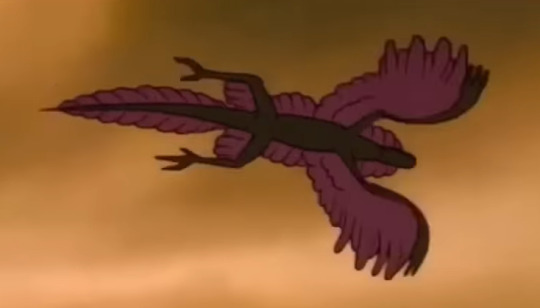
So to get back to your original question that led to this whole deep dive, artists didn't actually Draw Archaeopteryx Like That except when they were mistakenly drawing something that wasn't Archaeopteryx at all! If you want to read more about the Proavis and Tetrapteryx I recommend this Tetrapod Zoology blog post by Darren Naish, he does into more depth about the history of the concept and some of the unusual evolutionary ideas that Heilmann used to arrive at this weird and cool imaginary creature!
791 notes
·
View notes
Text

Cryptids & Creatures of Folklore Drawtober Day 26 — Beebe's Abyssal Fishes
In the early 1930s, marine biologist William Beebe and engineer Otis Barton designed and built the bathysphere. Beebe would go on to use this spherical submersible for 35 trips to explore and document what had previously been unreachable depths of the sea and observe its residents in their natural habitat for the first time. He made these dives off the coast of Bermuda and would reach depths of over 3000 feet.
During these trips, Beebe observed and described a few fish which have not been seen since. These fish were:
The Pallid Sailfin — torpedo-shaped fish approx. 2 ft long with a diminutive tail and large fins. Beebe said this fish was a sickly pale color.
The Abyssal Rainbow Gar — small gar-like fish with bright crimson heads, deep blue bellies, and yellow tails. Only four inches long. Beebe witnessed a school of four of these fish swimming vertically.
Five-Lined Constellation Fish — a round fish with five rows of bright yellow bioluminescent markings surrounded by smaller purple markings.
Bathysphaera or the Giant Dragonfish — a 6 ft long dragonfish with a row of bright bioluminescent markings down its sides. It had two long tendrils with glowing bioluminescent orbs on the ends.
Three-Starred Anglerfish — an anglerfish with three tendrils ending in bioluminescent lures sprouting from its head.
#drawtober#cryptids#cryptozoology#abyssal fishes#art#beebes abyssal fishes#deep sea#illustrations#fish#fishes#sea creatures
176 notes
·
View notes